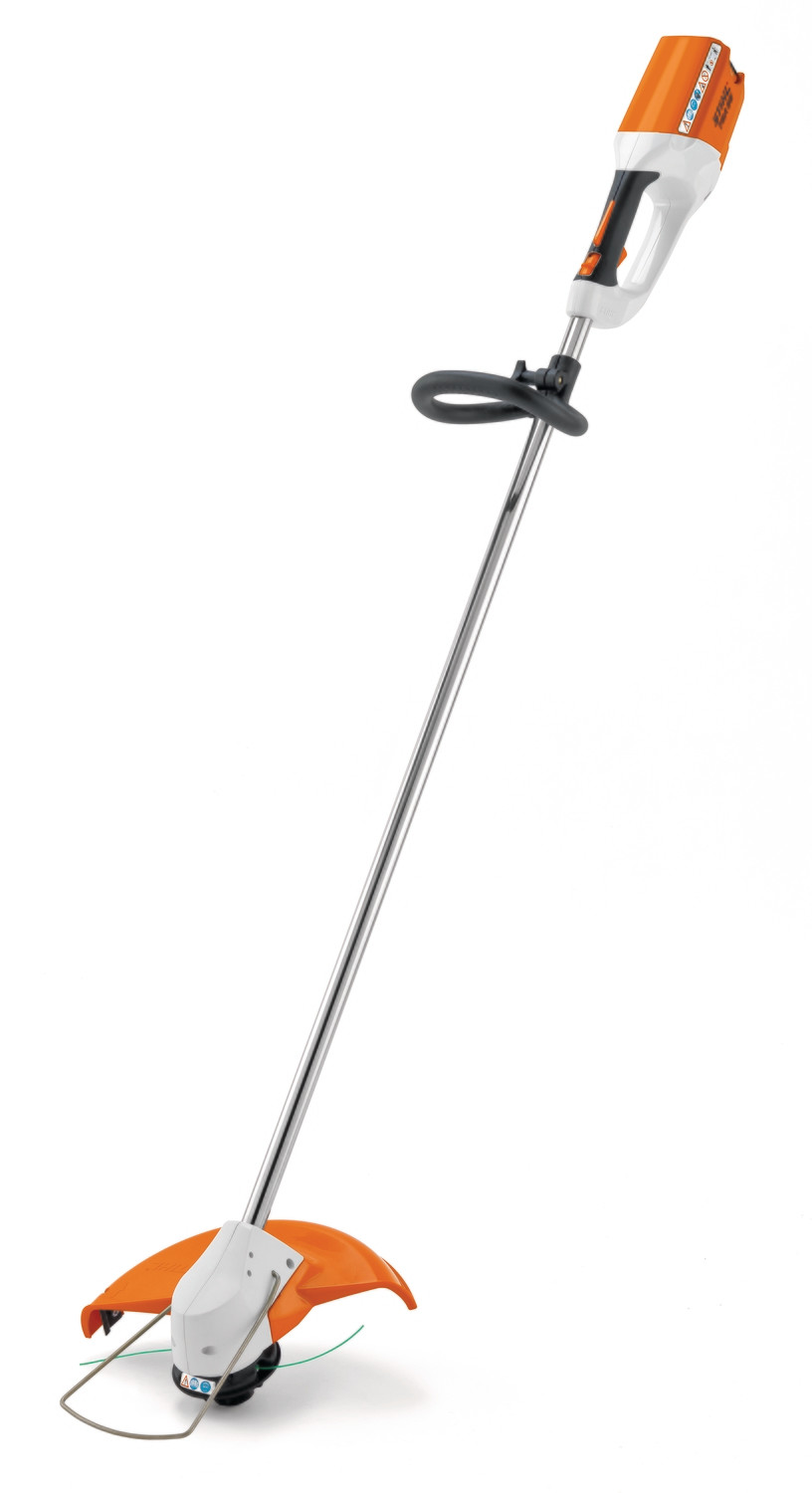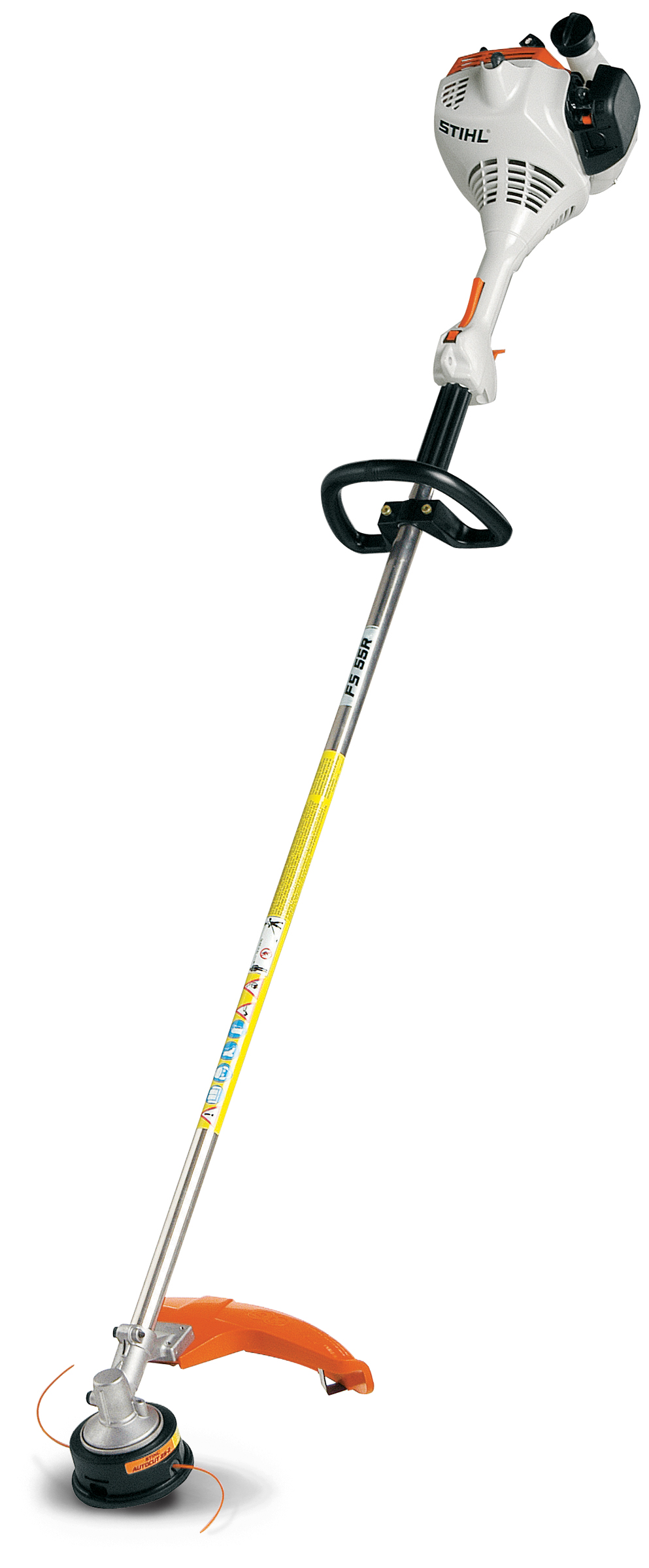

#Stihl trimmer full#
Full length concealed stainless steel piano hinge. It was an outstanding success and he was soon making a range of designs from. Harry created his first canopy using a steam bent timber frame and sheet metal panels. Flexiglass commenced in Western Australia in 1949 when Harry Robins saw the first Holden car and identified the need for a station wagon. Bul $2,945 Burleigh Heads, QLD Ute Tray Absolutely solid steel tray, will come off an Fj45 but could fit anything.The original canopy brand since 1949.Our experience and exceptional high quality of standards sets us amongst the best in leading the pathway in achieving remarkable unique custom designs specific to each and every build.Call us for prices on other sizes for Single Cab Ute trays etc or request a quote at We also Suppy and Fit

#Stihl trimmer series#
If you properly take care of your orchids, they will thrive and bloom for years to come.Outback Customs strives on delivering quality hand built Ute tray and canopy bodies to suit the Toyota Landcruiser 79 series and 200 series landcruiser. Fortunately, the task is quite simple and involves removing the main stem (apart from a few nodes if you’re working with a moth orchid), clearing away dead foliage, and potentially repotting. Orchids do not need extensive pruning but benefit from an annual chop to encourage new and healthy growth. Water weekly in the summer and reduce in the cool temperatures of the winter, allowing the potting mix to dry out between waterings. Since the roots quickly soak up water, it’s crucial to maintain a watering schedule.
#Stihl trimmer install#
The plants also prefer humidity levels around 40 to 70 percent, so you may want to install a humidifier or place them in a bathroom. While these lighting conditions can be challenging to achieve, you can opt for a grow light to supplement a lack of light. Orchids prefer 12 to 14 hours of natural daylight, so placing the plants in an east- or south-facing window is your best option. Opt for a pot one size up and refresh the soil to ensure the plants get enough nutrients. You should repot orchids annually or every other year, depending on how root-bound the plants are. Roots shooting out of the soil and wrapping around the pot are a sign it’s time to repot. Once the orchid has finished flowering, it’s also an excellent time to repot your orchid. While orchids have a reputation for being difficult to grow, providing them with the right conditions and care will help them thrive.

To ensure your orchid flowers after pruning, you must provide the plants with the proper care. Caring for Orchids After Pruning Image credits: titov dmitriy via Shutterstock New flowers should form within eight to 12 weeks. You can also prune off any dead roots, leaves, or brown or black stems. The moth orchid, however, may continue flowering on the same stalk, so you should leave two nodes at the base of the stem. When it’s ready to regrow, most orchids will produce a new stalk. Prune the orchid at the base of the stalk. Sterilize the shears with rubbing alcohol, allowing them to soak for 30 seconds to remove any bacteria You can clean the shears with soapy water and a scrubby brush. Start by sterilizing and sharpening your pruning shears. Once your orchid’s flowers have died back, it’s time to get pruning! Pruning orchids is a relatively simple process, but it is essential to do the job correctly. Pruning Orchids Image credit: Grandpa via Shutterstock Fortunately, most orchids require similar pruning techniques. Other popular options include the dancing lady orchid ( Oncidium), cane orchid ( Dendrobium), corsage orchid ( Cattleya), and slipper orchid ( Paphiopedilum). Consider repotting your orchid if it seems to have outgrown its current pot.Īs a side note, the moth orchid ( Phalaenopsis) is one of the most common orchids for indoor gardens. Improper lighting may also contribute to a lack of flowering. Yellow foliage and wet soil can be signs of other issues, such as overwatering. Inspect its root system, watching for healthy green roots and glossy green foliage. Your orchid should also be healthy enough for pruning. You can also prune if you notice yellow, brown, or black spikes and old leaves. As a general rule, prune orchids only after the flowers begin to fade or have fallen off. Pruning orchids is essential to caring for plants, but you can also do it to encourage new blooms. When to Prune Orchids Image credits: Pencil case via Shutterstock


 0 kommentar(er)
0 kommentar(er)
